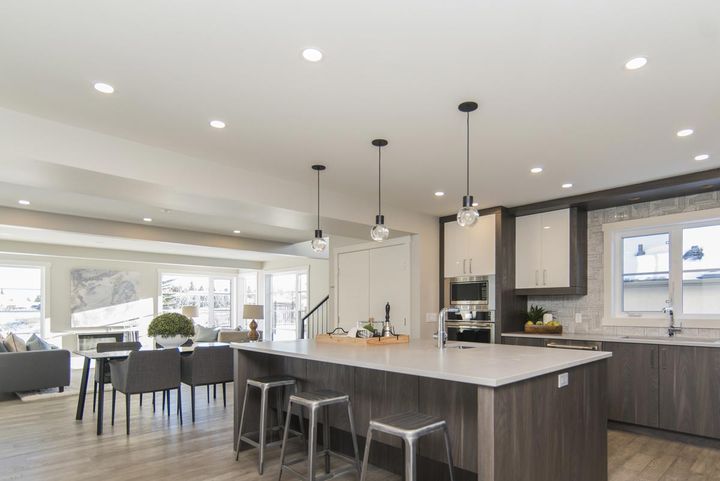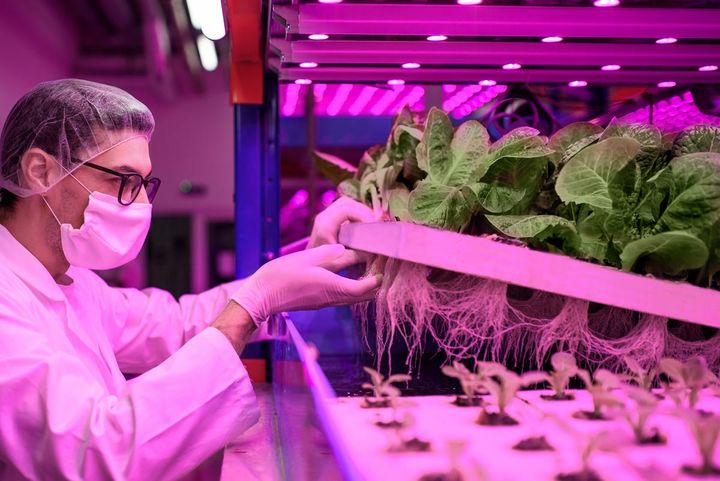How LED Lighting Improves Energy Efficiency

Quite possibility, the simplest way to be more energy efficient is by switching your current lighting to LEDs. By doing so, not only are you improving on energy efficiency, but also mitigating global warming's impact and reducing energy dependence on other countries. By 2035, the U.S. Department of Energy believes that with the increase use of LEDs the total savings in energy cost adds up to nearly $52 billion for indoor and outdoor uses.
LEDs have evolved over the last 2 decades with advancements in how well it produces visible light and how they are more affordable over their life cycle. LEDs can also be integrated with additional electronics, such as an occupancy sensor that are connected to a network interface, to provide LEDs with new functions. For example, this feature enables the automatic dimming of lights when there’s sufficient natural light in the room. The sensor will also sense the presence of people in a room and can then adjust overhead lighting accordingly. These capabilities not only provide the optimal amount of lighting throughout a building but will also save energy and money.
LEDs used in parking lots, garages, and walkways can be configured to automatically dim or turn lights off when sensors detect and unoccupied area. The same can be done to connect LEDs to an internal building management network, such as the heating, ventilation, and air conditioning systems. These systems can be alerted when certain parts of a building are empty, thus adjusting the temperature or shutting off entirely. This, indeed, is an especially attractive cost-saving option for cities all over the world.
Check back to see new articles and guides , or feel free to click another article to experience more great insights and advice.



